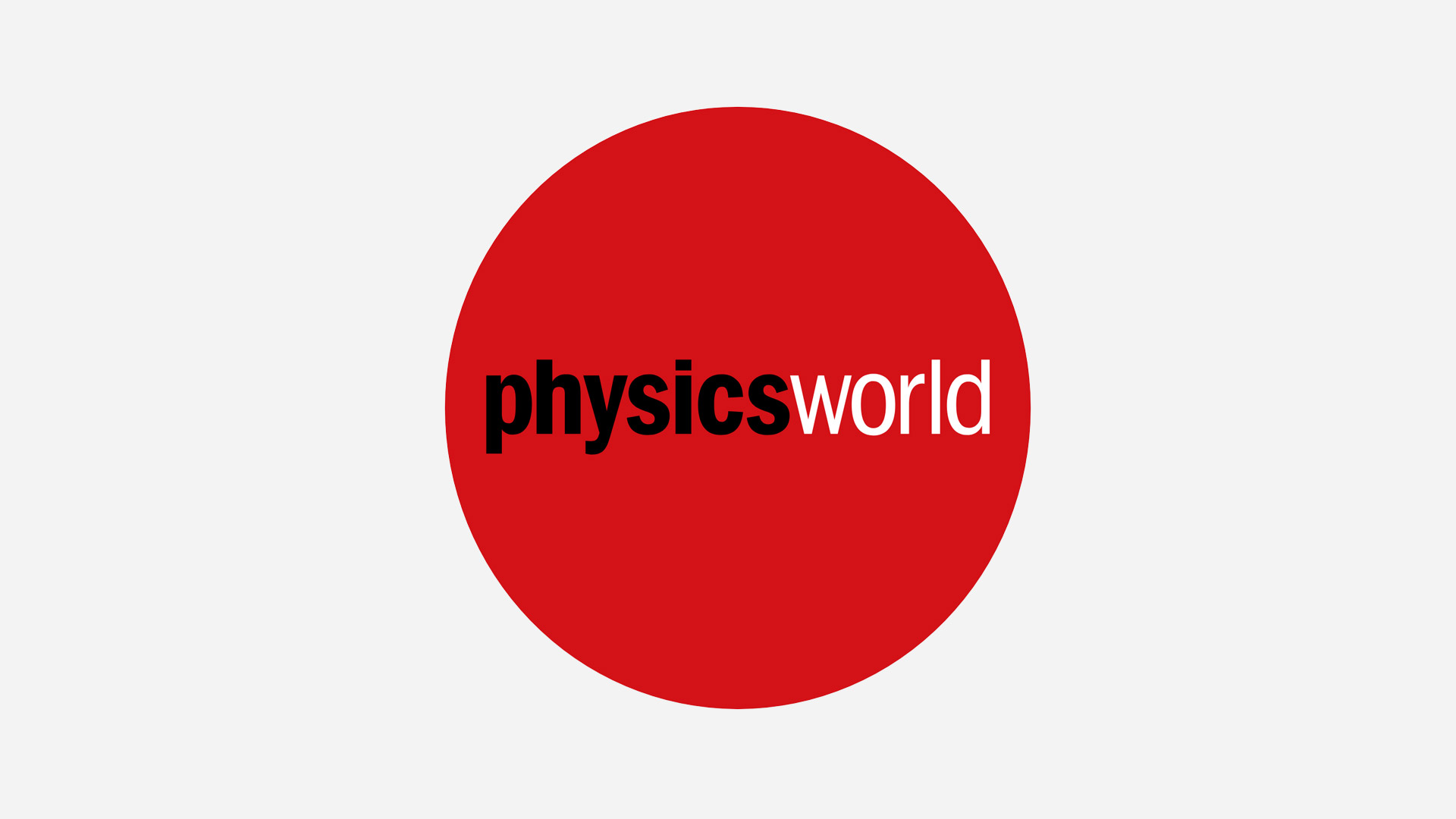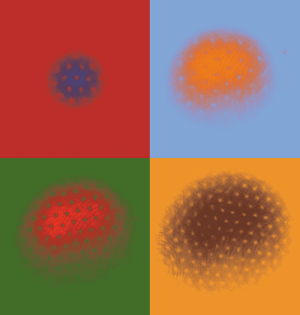 Read article: Early universe comes into focus
Read article: Early universe comes into focus
Early universe comes into focus
New tests of cosmic microwaves support the Big Bang theory
Thank you for registering with Physics World
If you'd like to change your details at any time, please visit My account
 Read article: Early universe comes into focus
Read article: Early universe comes into focus
New tests of cosmic microwaves support the Big Bang theory
 Read article: Feynman returns to centre stage
Read article: Feynman returns to centre stage
David Goodstein reviews QED by Peter Parnell

But if the shape of the billiard table is changed from a rectangle to the shape of an athletic stadium, the system becomes chaotic and turns into a pool player’s nightmare. While chaotic billiards should be avoided in the pool hall, physicists and mathematicians welcome them as model systems for understanding the consequences of chaos […]
 Read article: Soft condensed matter: where physics meets biology
Read article: Soft condensed matter: where physics meets biology
Techniques used to study soft condensed matter can be applied to living systems, but there are differences in the approaches of physicists and biologists, say Wilson Poon, Tom McLeish and Athene Donald

In the last decade, however, a more constructive aspect of entanglement has emerged, and it is now seen as a valuable resource that could provide significant improvements in our powers of communication and computing. Now Paul Kwiat and Salvado Barraza-Lopez of the Los Alamos National Laboratory, and André Stefanov and Nicolas Gisin of the University […]

In the May issue of Physics World Frédéric Leroy of L’Oréal Recherche, Aulnay sous Bois, France, explains how health and beauty companies like L’Oréal are using ever more sophisticated characterization and imaging techniques – many of them physics based – to understand the structure of hair, and to measure the effectiveness of shampoos, conditioners, colourants […]
 Read article: Grand challenges for the US
Read article: Grand challenges for the US
Along the way six “area volumes” have been published on the major subfields of physics – atomic, molecular and optical physics; plasma science; elementary particle physics; nuclear physics; condensed-matter and materials physics; and gravitational physics – along with four shorter volumes. These reports all make recommendations that are relevant to these specific areas. In the […]
 Read article: Reflecting on the performance and challenges of UK physics
Read article: Reflecting on the performance and challenges of UK physics
It has been two years since I was last at congress: two years is a long time in physics and an even longer time in politics, where the unit of measurement is daily crises. Physicists have achieved some tremendous results over the past two years. The Institute has been busy with a number of initiatives, […]
 Read article: The industrial physicist who has it all
Read article: The industrial physicist who has it all
Cherry Murray is vice president for physical-sciences research at Bell Labs. Valerie Jamieson finds out how she made it to the top in one of the world's most famous physics labs
 Read article: Triple first for Bose condensates
Read article: Triple first for Bose condensates
Almost six years have passed since the first Bose-Einstein condensates were created in dilute atomic gases. In that time the field has blossomed into one of the largest and most active areas of atomic physics. Recent months, in particular, have witnessed a rapid growth in research into Bose condensates, with the announcement of breakthroughs in […]